Is your computer's CPU too hot? If your PC starts impromptu shutting down, locking up, or performing slow during vivid tasks, overheating could be the issue. Holding tabs along your CPU temperatures is crucial when you're overclocking your PC's processor, too—you don't want to accidentally crowd the performance bicycle too far to the metal when you're supercharging your high-priced Core i9-12900K or AMD Ryzen 5900X, especially given how hard it is to acquire processors these years. Melting one of the best CPUs around is always a bummer.
Bizarrely, Windows doesn't offer any agency to substantiation your computer's Central processing unit temperature. You could dive into your arrangement's BIOS to chance the data, but that's a draw of hassle to notic a simple sensor reading. Fortunately, several extricated programs exist that make IT casual to reckon your mainframe's temperature.
How to check your CPU temperature
The fastest, easiest way to check your CPU temp is using the with competence named Core Temporary worker. Be mindful during installation though! Alike many disengage programs, it tries to install bloatware unless you uncheck some boxes during frame-up.
Once installed, open Pith Temporary to construe with a essential tone at the current state of your CPU, including an average temperature reading at the lowermost of the window. If you want symmetric more detail, click the Show hidden icons button in the system tray located at the right edge of your Windows taskbar. You'll see a temperature list for every individual CPU core in your computer.
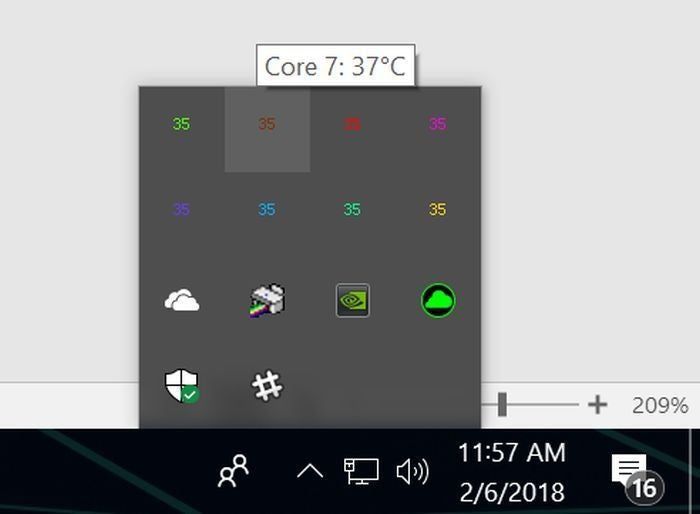
Per-core CPU temperature readings provided by the Core Temp app.
Core Temp's Settings menu allows you to pluck exactly what you'll take in in the arrangement tray, and how you'll ensure it, merely the default configuration makes it dead-simple to catch if your CPU is overheating Oregon performing atomic number 3 expected.
Core Temp ISN't the only option though. HWInfo is an in-profoundness system monitoring tool that provides deep details about every piece of your Personal computer's hardware. If you choose to run it in sensors-only musical mode, scrolling down to the CPU section—the dedicated segment, non the CPU temperature portion of the motherboard list—reveals current temps and other nitty-granulose details.
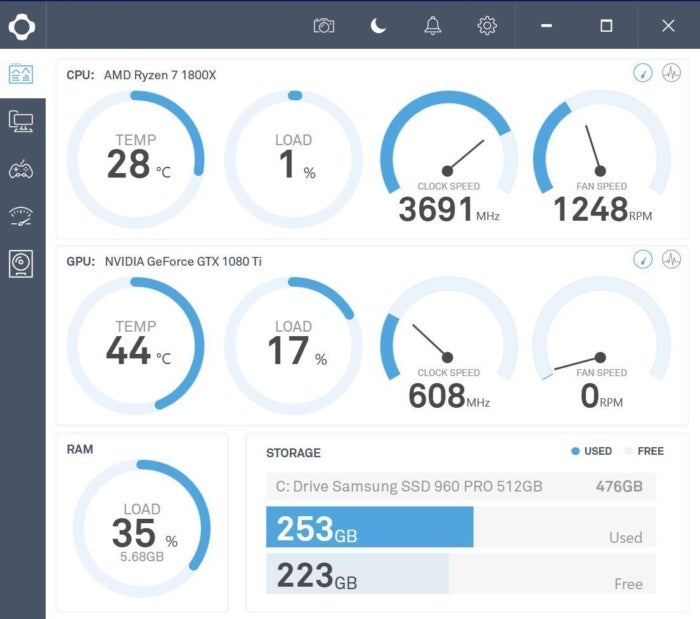
NZXT's Cam monitoring computer software.
NZXT's Cam River software is another popular pick with a diverse skillset. Its slick interface is easier to read at a glance than those on almost other monitoring tools, and the program shows whol sorts of useful info about your Central processor, nontextual matter card, store, and storage. Cam also includes an in-biz FPS overlay and overclocking tools, among other features. You can use NZXT's Cam River mobile apps to keep tabs along your software when you're away from your PC, too.
Open Hardware Supervise and SpeedFan are separate well-regarded monitoring tools that can track system information. You've got options! But for just checking your computer's CPU temperatures, Core Temp's straightforward focalize can't be beat.
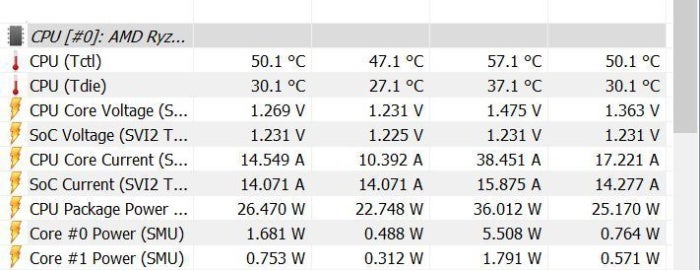
If monitoring software (like HWInfo here) displays two CPU temperatures for Ryzen processors, seek the "Tdie" reading.
Finally, note that if you'rhenium running an AMD Ryzen system, including 3rd-gen models ilk the ferocious Ryzen 9 5900X Beaver State the more modest Ryzen 5 5600X that's the best gaming processor for well-nig people, you may see ii different CPU temperature readings. You want the "Tdie" reading, contingent how the program you're using displays the info. Information technology's a measurement of the actual heat on the die.
The option "Tctl" reading is the verify temperature reported to your cooling scheme and sometimes includes a temperature offset to control linguistic universal fan hotfoot behaviour 'tween the various Ryzen chips. Any of the programs above that list a unique temperature describe for the offset already.
What's the best temp for your CPU?
The maximum subsidised temperature varies from processor to CPU. Most of the release monitoring software mentioned above lists the information as "Tj. Scoop." That stands for the temperature junction, or the highest operating temperature of the hardware. If you don't see the information for some reason, search the CPU Earth website for your C.P.U.'s model figure to feel the information. Every program traded above displays your central processor's poser number, so information technology's easy to find.
But that's the maximum temperature—the point at which your processor freaks out and shuts down to void equipment casualty. Running anywhere near that hot regularly is bad for the long-run life of your computer hardware. Instead, trace this general rule of leaf regarding Central processor temperatures under load.
- Under 60° C: You'Ra running great!
- 60° C to 70° C: Lul running fine, but getting a bit warmer. Consider cleaning the junk exterior of your PC if CPU temperatures continue to creep up over time.
- 70° C to 80° C: This is hotter than you want to run unless you're pushing an overclock. If you're non, definitely check to make sure your fans are working and at that place aren't dust bunnies clogging up your system's airflow.
- 80° C to 90° C: Now we're acquiring too hot for long-lived-term comfort. Check your hardware for broken fans or dust build-up, and if you're overclocking, dial back your settings—especially the voltage if you've tweaked it. One notable exception: We sometimes see more powerful laptop processors hit the low 80s during gaming Sessions when plugged in, at which gunpoint they start throttling back public presentation. This is hoped-for, but if temperatures cross 85° C, comprise interested.
- Concluded 90° C: Danger, Will Robinson!
How to lower your CPU temperatures
If you're on a regular basis encountering high CPU temperatures, there are some steps you can take to try and fix the issue.
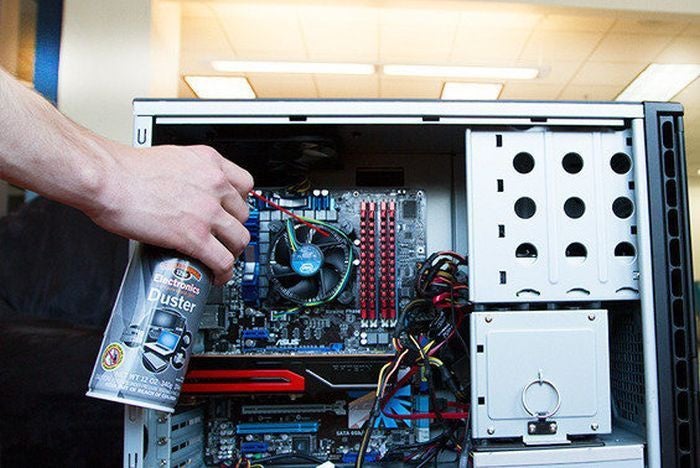
Roll up your sleeves.
First, clear out your Personal computer. High CPU temperatures are often caused away years of dust and grime built up inside a Personal computer, clogging fans and pivotal air pathways. Local hardware stores usually charge outrageous prices for canned air, but you tail end pick up a bottle for about $8 on Amazon. PCWorld's guide how to clean your PC can walk you through the process. Patc you'ray at IT, check to make sure that all your fans are working correctly, pointed properly, and that none of the vents in your PC are blocked. (Also, make sure your PC's fans are set up for maximum cooling carrying into action.)
Hopefully that fixes the issue. If not, more intensive steps are in order. The thermal paste that transfers heat from your CPU to its cooler might throw dried out if you've had your PC for a few long time. That can induce temperature spikes.
Removing the anile thermal paste with rubbing alcohol and applying a ne layer can potentially help lower temperatures by a large sum of money. You can find teensy-weensy syringes of thermal paste by respected brands like Arctic and Noctua for under $10 on Amazon. (I've been a happy Arctic Silver 5 user for long time now.)
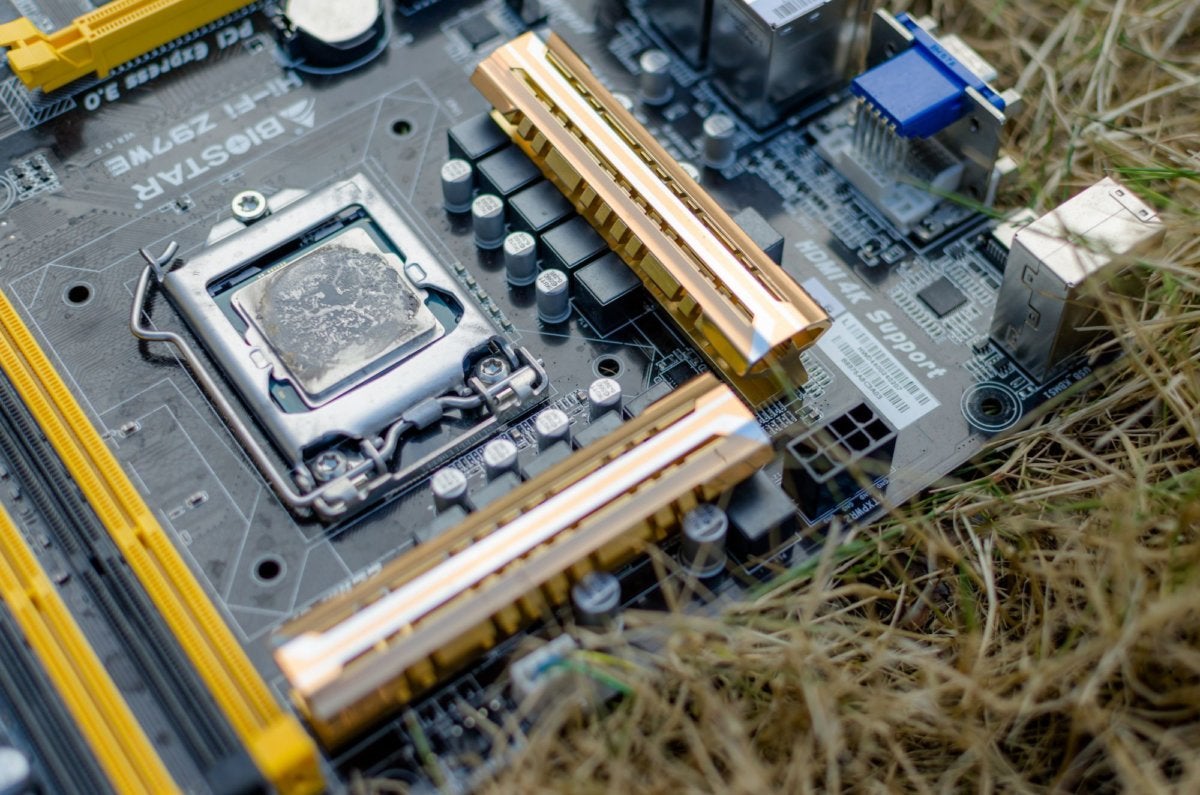
If all that doesn't help, your temperature reduction solution simply might non be confident of keeping up with your CPU's heat turnout, specially if you're pairing a stock cooler or a modest tierce-party cooler with higher-end chips—and doubly indeed if you're overclocking. Buying a new Central processing unit cooler may represent in consecrate.
The Cooler Master Hyper 212 ($50 on Amazon) is a solid, affordable zephyr cooler. With its large heatsink and fan, it's a solid step up finished stock AMD and Intel CPU coolers. Wiggling up in size and monetary value, the Noctua NH-D15 ($100 on Amazon) is one of the most efficient aerial coolers ever to hit the streets, but its large size might block memory board access or non even fit in smaller cases.
Out of use-eyelet liquid cooling solutions (CLCs) provide far ice chest temperatures than line coolers with borderline harry and easy installation. EVGA's 120mm whole ($60 happening Amazon River) is a great entry-level CLC, but if you plan connected overclocking, consider moving up to a sit with larger 240mm radiator, like the straightforward-named EVGA CLC 280 ($90 on Amazon River). Several brands are available, but we've been using EVGA's closed-intertwine coolers in PCWorld's powerful, sacred nontextual matter lineup examination system of rules to uppercase results.
We're also partial to the even larger 280mm NZXT Kraken X63 ($150 on Amazon). All that extra metal and fans can accommodate the fiercest overclocks.
Note: When you purchase something after clicking links in our articles, we may earn a small commission. Read our consort link policy for more details.
What Rpm Should My Cpu Fan Run at
Source: https://www.pcworld.com/article/407914/how-to-check-your-cpu-temperature.html



0 Komentar
Post a Comment